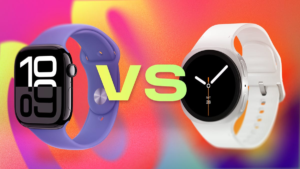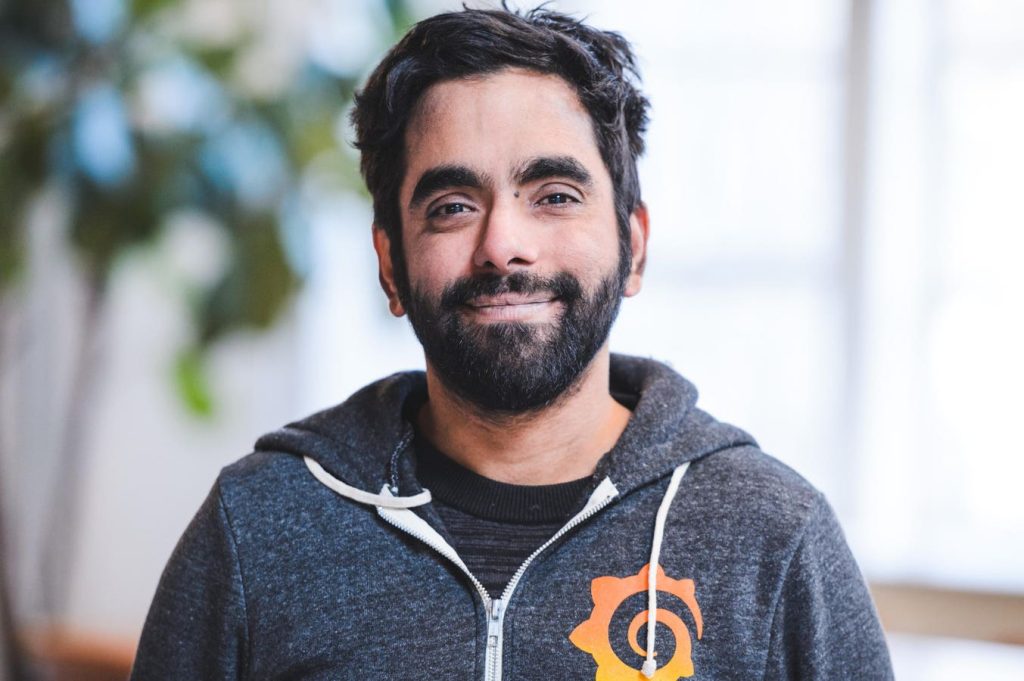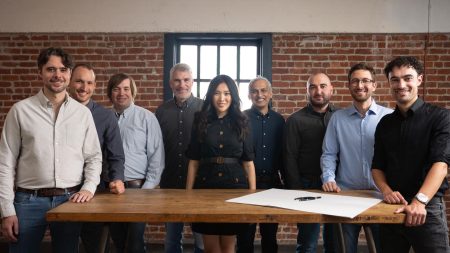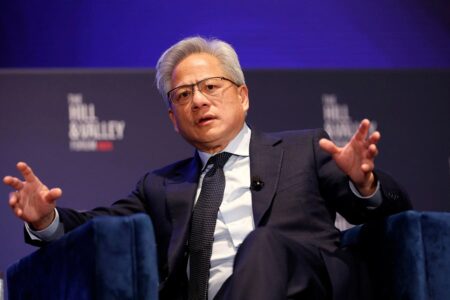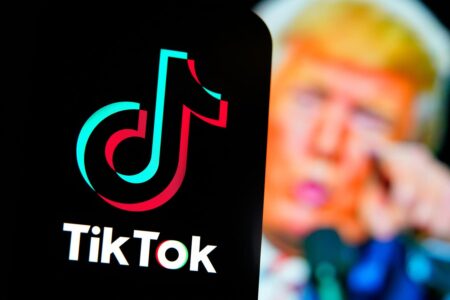When Nvidia, the $4.4 trillion juggernaut that makes the GPU chips undergirding the AI frenzy, needs to monitor its systems for threats and suspicious activity, it turns to a small startup named Grafana Labs to help it scour access logs and analyze vulnerabilities. And the chip maker isn’t alone. Uber, Anthropic and Adobe are among the other giants tapping Grafana’s tools — like a dashboard for operations across an entire business.
Now $6 billion-valued Grafana, known as an observability platform, on Tuesday said it hit $400 million in annualized revenue. The uptick in sales has been thanks in part to the growth of Grafana Cloud, which lets customers use its platform without setting up their own infrastructure like servers or storage, CEO Raj Dutt told Forbes.
The need for good observability services has ballooned in the AI era, especially as vibe coding from generative AI models has become more common. As people increasingly rely on AI to write code and build products, it’s become harder to keep track of what’s going on under the hood, when it’s being done and who’s doing it, Dutt said. “Software today is starting to look more like a living organism,” said Dutt. “It’s being built and shipped faster than ever — sometimes sloppily. That makes it critical to understand how your app is performing in production.”
Grafana also said it had completed a tender offer of up to $150 million, which allows new or returning investors to purchase existing shares from employees or early investors. The transaction was led by the Ontario Teachers’ Pension Plan, with participation from Sapphire Ventures and Tiger Global. Existing investors including Lightspeed Venture Partners, Sequoia and CapitalG, the growth stage venture firm of Google parent Alphabet, also took part. Grafana declined to disclose a new valuation.
Mo Jomaa, a partner at CapitalG, said Grafana was an attractive investment because observability is the most “mission critical” spend for any company’s chief information officer, as they look at how their products are performing and how they can avoid disastrous outages. “When these things go down, so does your entire business,” Jomaa told Forbes.
Next month, the company is releasing an AI assistant that will let users chat with a language model to investigate issues, build dashboards and help with onboarding. Meanwhile, Grafana has also faced some stumbles. In July, cybersecurity researchers discovered a vulnerability in its software that could allow attackers to redirect users to malicious websites. In response, the company issued security patches to fix the problem. “These issues were responsibly reported through our bug bounty program and quickly triaged, fixed, and released under our coordinated disclosure policy,” Joe McManus, Grafana’s chief information security officer, told Forbes in a statement.
Grafana was cofounded in 2014 by engineers Dutt, Torkel Ödegaard and Anthony Woods, as an open source project to let users monitor and perform visualizations with their data, regardless of where the data was stored. As the project gained popularity, the trio built a company behind it, and still offers open source tools for storage and aggregating backend logs. Outside of Silicon Valley, the company touts that NASA has used Grafana to track its launches and the Tour de France has used it to showcase realtime race data. This year, the company ranked No. 13 on this year’s Forbes Cloud 100, our list of the top private cloud computing companies in the world, up ten spots from the previous year.
The need to monitor system performance more closely will only increase as the tech industry continues to accelerate with AI, Dutt argues. “It’s more important than ever at this moment in time,” he said.
Read the full article here



